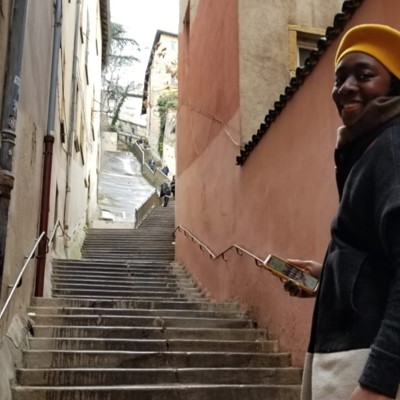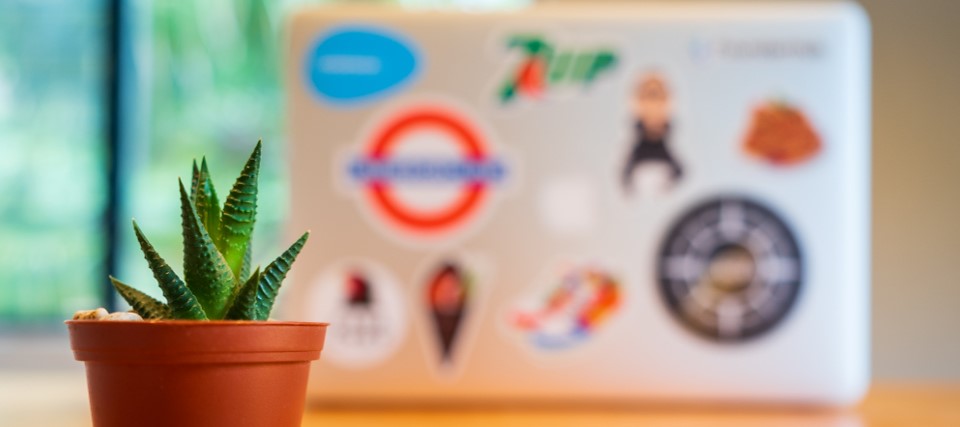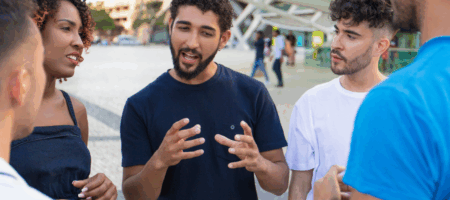Trust. Love. Awe. Relatability. These feelings are hard enough to provoke when everything else is going well, so how on earth can brands hope to reach these highs when their customers’ lives and emotions are in freefall? Onika Simon, intO’s Strategy Director, breaks down the challenges and offers some ‘life-led’ research briefs to bolster business stability during precarious times.
Trust. Love. Awe. Relatability. These are the Holy Grail feelings that every brand wants to inspire. Like imaginary friends, brands can only exist if we think about them. They are also distinct entities from the product or service experience, as proven by the worst case scenario. If the thing you’ve purchased disappoints you in any way, the brand can always save the situation by mandating an honourable response. How brands behave in times of trouble is actually the best measure of their strength. If they do a good job, then we always remember how they made us feel. Great brands are like the stabilisers on kid bicycles – giving us the illusion of a great riding experience while the mechanics of reality slowly improve.
Trust. Love. Awe. Relatability. These feelings are difficult enough to provoke when everything else is going well, so how on earth can brands hope to reach these highs when their customers’ lives and emotions are in freefall? To be clear, I am not only referring to the ever-intensifying fall-out of the global COVID-19 pandemic. Even before millions of people were forced into quarantine and a range of new ‘lockdown’ behaviour patterns, most well-informed adults (and many precocious children) were already worried about the state of the world.
At Studio intO we navigate the world from the perspective of real people living real everyday life – and we help brands to gather real life insights so they can firmly position themselves within one of life’s ‘layers’. For our purposes there are six layers: Identity, Body, Home, Community, Work and Society. They provide a handy bridge between the world we see and the world brands want to build. In this way, we’re able to design and execute research that informs and directs ‘life-led’ business growth.
The six layers of everyday life
As I mentioned earlier, recent global events have had a disruptive effect on everyday life for the majority of planet earth’s human population. All six layers of everyday life have shifted from what were stable norms; this is most evident in the blurring of home life with work life, school life (for families) and community life, as all transferable social interactions migrated online. In turn, this blurring of life layers has redefined the occasions and functions that brands typically use to position themselves. If work and school happen at the dining table at the same time, the gym is in the garden, happy hour cocktails are now served in front of the television and ‘me time’ is provided by a mobile app while you’re in the bath – then this new normal is pitting brands against each other that would never usually compete for attention.
Does your brand deserve its place in the future?
An additional curveball, heightened by people having more time to think and read about the state of the world, is that we’ve all become fussier about the values of the brands we buy (83% of Millennials want companies to align with their values and 76% want CEOs to speak out on issues they care about, according to 5WPR’s 2020 Consumer Culture Report). Younger people have an especially essentialist attitude to consumption, looking beyond product perfection to also judge whether it has been created sustainably and whether every human and animal in its ecosystem is being treated fairly.
These lofty ideals are normalising and many brands are slow to realise that they are playing a serious game of catch up. Competitive landscapes usually shift at a glacial pace, giving businesses enough time to assess and plan for change, then reposition their brands accordingly. But we’ve all read – in relation to many topics – that what we’re seeing and experiencing today is unprecedented. So while the speed of these changes might put businesses on the back foot, it’s a very exciting time for researchers.
Branding has nothing to do with revenue models
The layers of everyday life must be navigated and re-mapped, so that the brands we buy can better understand how to keep serving our needs, and so that brands that have lost their relevance can figure out how to get back in the game. Any business leaders who are feeling hesitant to do this work, need only look at the growing list of companies who have been completely hobbled by the pandemic – and then consider which of them are most likely to make a full recovery. Airbnb? Likely yes. WeWork? Could go either way. Uber? Probably not. And the reasons have less to do with their revenue models (which can be easily changed) and more to do with how people feel about them (which cannot be easily changed). If we remember that their brands are their stabilisers, it’s easy to get a sense of which businesses are more likely to fall off their bikes and get seriously hurt.
Building business stability during unstable times is a complex challenge with critical stakes. However, there is a huge incentive to figure out a way forward quickly: relationships with customers that are forged or deepened during stressful times, have a greater chance of lifelong relevance (having inspired trust, love, awe and relatability). Brands that are willing to learn, re-assess and adapt, will not only survive this year but will also fully deserve to thrive in the foreseeable future.
How to read the room
The key to addressing this challenge, from an insights perspective, is to ‘read the room’ – in this case real rooms in real households around the world. There are countless ways to go about doing this, however, the limitations of running research during a global pandemic demands expertise in cultural anthropology and creative ways of gathering insights remotely. Here are four methodologies, each tailored to an underlying purpose, that have so far served our brand clients well:
- Purpose: listening to the emotional reality behind usage occasions. Methodology: fly-on-the-wall remote ethnographies, where participants agree to install a camera with audio at the usage site, then act as normally as possible for 1-7 days.
- Purpose: observing new occasions and the juxtapositions of brands within them. Methodology: user diaries, where content is captured exclusively with existing apps and features in the average smartphone.
- Purpose: identifying where and how brands drive decisions. Methodology: video call interviews with all the members of a household together (to observe the dynamics between them, as well as listen to what they say).
- Purpose: understanding when and where to be silent. Methodology: social media listening to see and hear how both customers and industry experts are defining their needs and explaining their barriers to use.
Some disruptions that have happened this year may end up being temporary. As we continue to run research and observe how people are coping with these seismic changes, it’s clear that some boundaries between our life layers will likely be restored. But the brands that have proven their worth and made a difference to our quality of life over the past few months, will become timeless favourites. So if you own a brand or work on one, consider its ability to stabilise your business, as we begin the second half of 2020’s bumpy ride.
 Onika Simon is intO’s Strategy Director and is dedicated to growing our philosophy into conversations, and nurturing those interactions into work that delivers impactful decisions and outcomes for intO’s agency and brand clients. Learn more about Onika here, and find her on LinkedIn here.
Onika Simon is intO’s Strategy Director and is dedicated to growing our philosophy into conversations, and nurturing those interactions into work that delivers impactful decisions and outcomes for intO’s agency and brand clients. Learn more about Onika here, and find her on LinkedIn here.
Lead photo by Slidebean on Unsplash
Strategy Consumption Business Publications Branding


 Onika Simon is intO’s Strategy Director and is dedicated to growing our philosophy into conversations, and nurturing those interactions into work that delivers impactful decisions and outcomes for intO’s agency and brand clients. Learn more about Onika
Onika Simon is intO’s Strategy Director and is dedicated to growing our philosophy into conversations, and nurturing those interactions into work that delivers impactful decisions and outcomes for intO’s agency and brand clients. Learn more about Onika 
